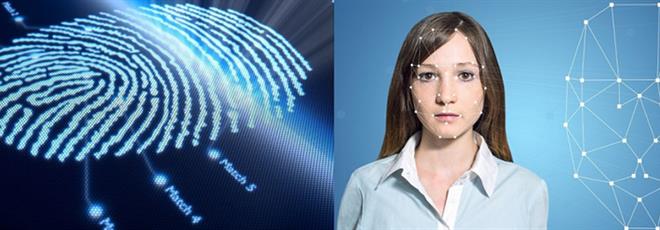
Nowadays, there are many ways to verify who you are. You can use a password or swipe your finger on a machine. These methods work but they aren’t always secure. With the advent of smart devices and software technology, it’s possible to use biometrics to verify who you are.
Biometric verification software uses physical characteristics such as fingerprints and retina scans to determine whether or not someone is who they say they are. Biometrics has been around for decades but has become more common with the increase in smart devices that have cameras built into them
Biometrics and mobile ID
Biometrics is a type of identification technology, most commonly used to verify identity. Biometric data can include things like fingerprints, voice patterns, facial recognition, and even iris scans. Biometric technology has been used in a variety of ways by companies like Apple and Samsung as they’ve sought to improve their mobile payment systems. In some cases, users are required to verify their identities with biometric data before they can make purchases on their phones or laptops.
Verification software is also popular among banks that offer mobile banking services because it helps reduce fraud related to fake accounts being created by hackers and scammers attempting to gain access to your personal information.
Uses physical characteristics to confirm identity
Biometric verification uses physical characteristics to confirm identity. It is a form of identification that uses physical characteristics, such as fingerprints or iris scans, to verify the identity of an individual. Biometrics can be used for identification or authentication purposes; when used for identification purposes, it helps you prove that you are who you claim to be – like your driver’s license does at the DMV. When used for authentication purposes, biometrics confirm that people are who they say they are but don’t offer proof about their identities.
Use fingerprints, facial recognition, retina scans, or iris scans
Most biometric verification systems use fingerprint scanning, facial recognition, retina scans, or iris scans. Fingerprint scanning is the most common type of biometric used for authentication purposes because of its availability and relatively low cost. Facial recognition is also common in many industries but it’s not quite as reliable as fingerprints since they can be altered by plastic surgery or other easily accessible methods like makeup. Iris scans are less common due to their higher cost and need for specialized equipment that isn’t readily available at reasonable prices. Retina scans are the least common type of biometric because they require a person to undergo surgery before they can be used as an identifier
Biometrics has become more common with the increase in smart devices
Biometrics has been around for decades, but it’s only recently that it’s become more common in the public sphere. Biometrics uses physical characteristics—fingerprints, facial features, and iris scans to name a few—to verify your identity. It’s commonly used by the military, law enforcement, and the private sector to verify identity at border crossings or when accessing secure areas of buildings.
Nowadays biometric technology is being integrated into smartphones as a means to unlock them using your fingerprint or face recognition technology.
Mobile ID is a new advancement in biometrics
Mobile ID is the next big thing in securing your network and keeping your users safe from malicious attacks. With Mobile ID, you don’t have to worry about keys or passwords being stolen because it uses advanced analytics that can detect fraud right away. Mobile ID can prevent hackers from accessing sensitive data on your computer or mobile phone by creating an encrypted connection between two devices (your device and your server). This prevents anyone but you from accessing the information on your devices through an insecure connection
Conclusion
Both biometrics and mobile ID are effective forms of verification, but they have their pros and cons. If you’re looking for a new way to verify who you are, consider using either one of these options.